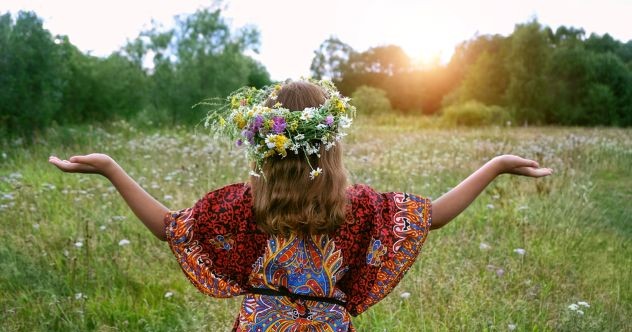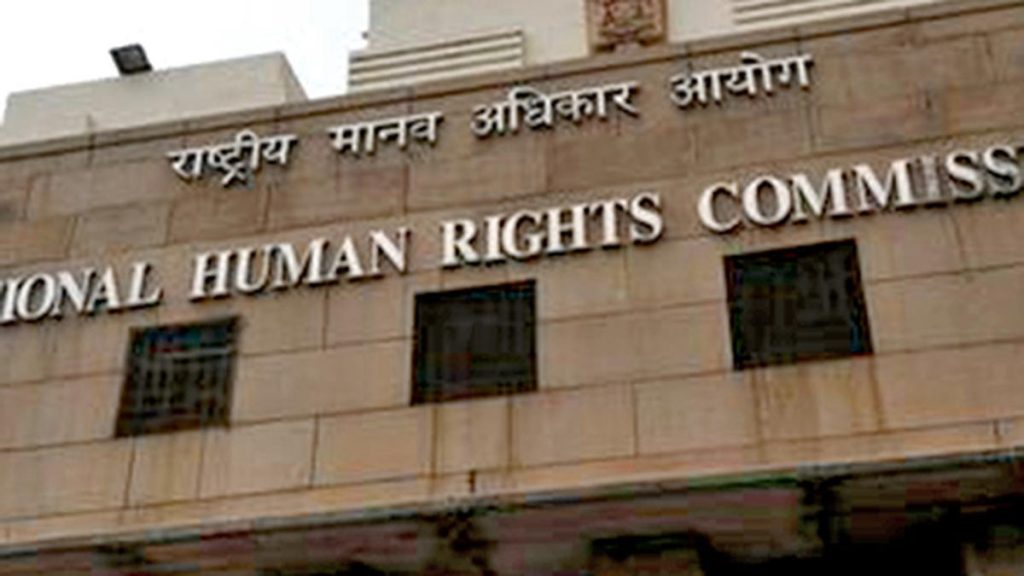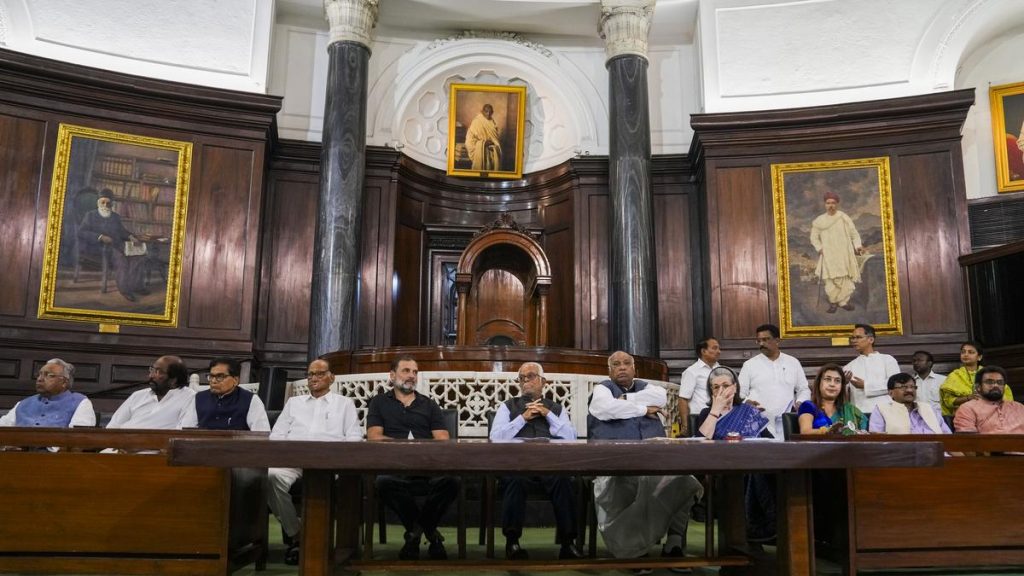Now Reading: 10 Unusual Summer Solstice Traditions Practiced Today
-
01
10 Unusual Summer Solstice Traditions Practiced Today
10 Unusual Summer Solstice Traditions Practiced Today

Quick Summary
- Global solstice Rituals: Many cultures globally celebrate the summer solstice with unique rituals reflecting ancient traditions.
- Estonia: People leap over bonfires in Jaanipäev celebrations for luck, fertility, and warding off spirits. Injuries are rare but not unheard of.
- Times Square, NYC: yogis perform synchronized sun salutations amid skyscrapers in “Mind Over madness Yoga” events since 2003.
- Ukraine: Kupala Night involves burning effigies representing bad luck and winter, along with bonfire jumps and river flower rituals.
- Arctic Circle Communities: Locals enjoy surreal sunlight 24/7 during solstice via vibrant festivals-reindeer races and midnight golf included.
- Glastonbury Tor (UK): Pagan groups welcome the sun on hilltops with drumming, chanting, nudity, and nature-focused rites.
- Alps (Austria/Germany): Villages roll flaming straw-filled wooden wheels to symbolize the sun’s zenith and bless crops for prosperity.
- Chichén Itzá (Mexico): Kukulkan worshipers offer food or copal resin at pyramid sites for spiritual rejuvenation during solstice ceremonies.
- Coastal Devon (England): Rare fire-themed maritime rituals involve floating barrels or rafts as homage to ancestral beliefs about water spirits.
- Sweden: Cemetery picnics mix midsummer happiness with ancestor respect using flowers and symbolic food offerings on gravesites.
- Spain’s Galicia Region: The San Juan night features witch-shaped effigies burned at midnight to cleanse negativity while mixing Catholic imagery with Celtic lore.
Indian Opinion Analysis
These summer solstice traditions highlight humanity’s deep-rooted relationship with seasonal shifts-a phenomenon that transcends geography.From Estonia’s bonfire leaps to Scandinavian Midnight sun observances in perpetual daylight zones, these practices reflect symbolic efforts to mark renewal cycles tied closely to agriculture or spirituality.
For India-which celebrates numerous solar-based festivals like Makar Sankranti-the worldwide commitment toward honoring celestial events resonates deeply across diverse cultural settings traditionally linked by agrarian values. Such comparisons might encourage reflection on India’s own rich tapestry of regional folklore linked directly or indirectly to notable astronomical phenomena.
Additionally, global adaptations (such as Times Square yoga) show how traditions evolve contextually while retaining essence-offering potential lessons in preserving heritage amidst urbanization challenges faced domestically within Indian cities over time. Celebration strategies blending mindfulness alongside ecological awareness might ideally support future Indian public participation marking astronomical dates thoughtfully yet innovatively aligning broader local energies sustainably rather than consumeristically!

























